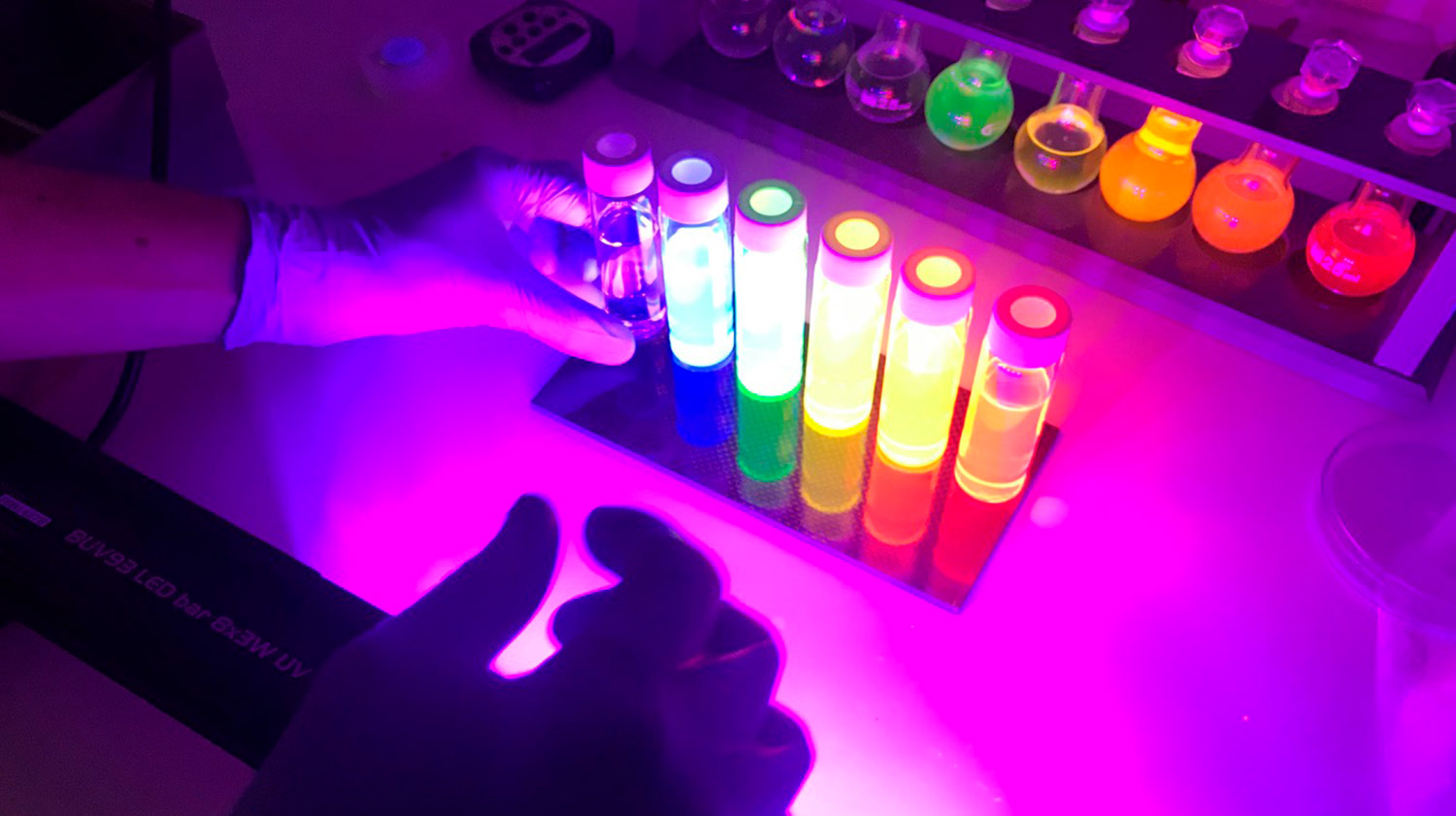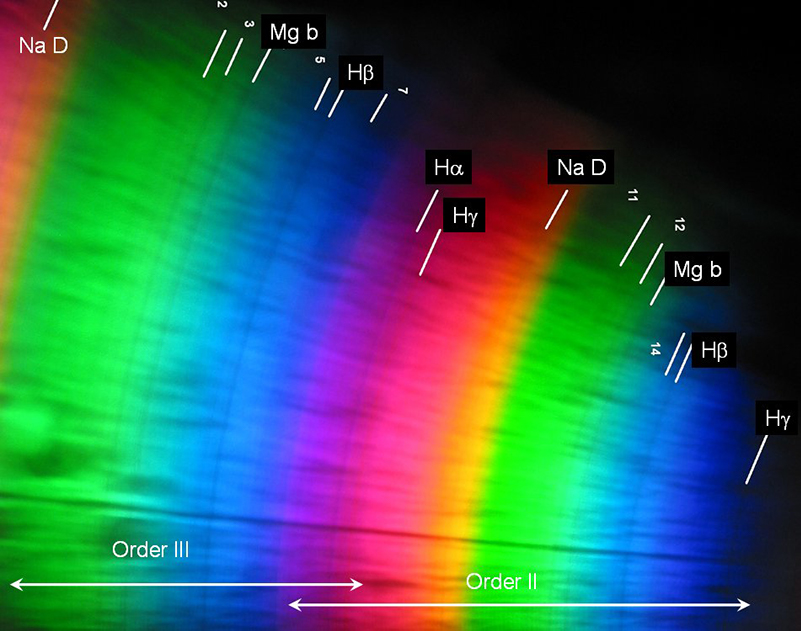

Generating renewable energy and achieving innovation in design, manufacturing and construction will be crucial as Australia manages the transition to a green economy in the 2020s and beyond.
At the ARC Centre of Excellence in Exciton Science, researchers are continuing to explore the theoretical and applied potential of a technology that meets all of these demands in one novel device.
Luminescent Solar Concentrators (LSCs) have been developed to capture and harness light in places without consistent exposure to the sun, like cities.
And unlike conventional, roof-mounted solar panels, LSCs have the potential to be more closely integrated into buildings and other structures, serving as semi-translucent windows or perspex panels, significantly increasing the exterior surface area coverage achievable by architects and builders. The energy collected could then be used to power at least some of the building’s functions.
LSCs contain highly luminescent compounds that absorb sunlight and re-emit it at longer wavelengths. The light is trapped and directed to the edges of the device through a process called total internal reflection. A small strip of photovoltaic cells are positioned on the outside edges of the device to capture this reflected light and generate electricity.
Research and development of LSCs is yet to reach a point where they can be deployed on a wide scale, with efforts being made to improve their efficiency and the lifespan of the materials being used.
The compounds contained within the device and used to direct the sunlight that is captured can be organic and inorganic dyes, or a combination of both. Inorganic dyes, made using specialised quantum dots manufactured within the Centre, have a longer lifespan under exposure to direct sunlight, while organic dyes boast greater efficiency but can be less durable. A hybrid combining both is one possible solution to resolving this challenge.
Hanbo Yang, who recently completed her Masters as a member of Exciton Science based at The University of Melbourne, has used advanced computing modelling and probability techniques to develop a greater understanding of how light behaves within the confines of LSCs.
“We trace exactly where the light will go, or try to predict it with the amount of parameters we get to play with,” she said.
“You work out the efficiency and then you just optimise it.”
Within Hanbo’s research and experiments, variables have included the type or combination of dyes used, the source of light, such as a single wavelength of white light compared to the entire solar spectrum, or the materials used, for example, glass or plastic.
“My focus has been how I’m going to cover most of the solar spectrum, with the given dyes that we have,” she said.
“You’re thinking about other ways where you can cover most of the solar spectrum by changing the geometric factors of the LSC.”
While rolling out LSCs on a wide scale remains some way off, Hanbo is confident that, having explored the concept in great detail, it’s only a matter of time before their integration into buildings becomes practical.
“Oh, 100%,” she said.
“They’re so pretty as well. I think the aesthetic aspect is where it’s so fun to really market it to people who are not familiar with solar energy. People think of solar energy as just solar cells.
“And in apartment buildings especially, it’s just a small area of room [available] but if you’re having it on windows or you’re having it integrated into pretty designs, it’s … just an alternative way for people to accept and to really integrate solar with our sustainability life.”
Professor Ken Ghiggino, a Centre Chief Investigator in the Ultrafast and Microspectroscopy Laboratories at The University of Melbourne, feels research into LSCs has benefited greatly from the ease of collaboration enabled by Exciton Science.
“When we’ve looked at new materials, they have shown some surprising behaviour,” he said.
“I think that’s been a discovery that other people haven’t been able to do. The synthetic chemists collaborating with spectroscopists and people who can actually make devices, that’s something that couldn’t have been done, I don’t think, outside a Centre-type structure.”
Groups led by other Chief Investigators, including Tim Schmidt (The University of New South Wales), Wallace Wong (The University of Melbourne) and Salvy Russo (RMIT University) have also contributed to furthering our understanding of the potential of LSCs.
Ken said: “Last year we published a paper about the most efficient LSC [yet], that was a multidisciplinary project. People making molecules, doing measurements, making devices. It’s an ideal Centre project.”
If such productive collaboration continues across the Centre, it will only be a matter of time before more invaluable insight into the underlying properties and long-term potential of LSCs is uncovered, with Australian industry and consumers set to benefit.

The University of Melbourne

The University of Melbourne

An LSC Panel.

The Light Spectrum.